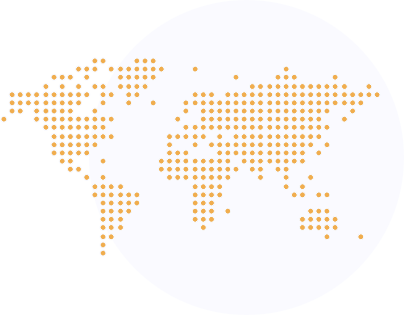What you will learn
- Identify the historical origins in natural gesture for the emergence of ASL grammar.
- Describe the degree and types of structural variation within ASL, considering the possible influences from its contacts with other signed and spoken languages.
- Discuss the role of visual analogy in learning ASL, considering the possible linguistic universals for signed languages.
- List ways in which language specific variation and historical change for signed languages may compare and contrast to those for spoken languages.
- Describe the visual, motoric, and cognitive constraints which may give rise to these phenomena.
The program integrates the history of American Sign Language (ASL) with research that has been done on the structure, learning, and historical change of ASL and other sign languages. In this program, you will learn how sign languages are structured and how these structures vary. It also looks at how children and adults acquire the ability to understand and use sign language. The program takes a deep dive into recent research on how sign languages have come into existence and how they change as they are used over generations of deaf and hearing users. In addition, this program serves as a resource that helps students process new information, including cutting-edge research.
The program is divided into four parts, each exploring different aspects of sign language. The program will introduce students to the science of sign language research and, for the fluent ASL signer, the history and structure of their own language. The content exposes students to an intermediate level in the fields of linguistics and cognitive sciences.
Courses in this program
GeorgetownX's American Sign Language Science Professional Certificate
- 3–5 hours per week, for 4 weeks
This course connects the emergence and evolution of signed languages to the history of the people who use these languages. You will learn this concept in depth, especially the legacy and heritage of American Sign Language (ASL).
- 3–5 hours per week, for 4 weeks
This course details the development of the type of grammar that occurs whenever a group of people develops and uses a signed language.
- 3–5 hours per week, for 4 weeks
This course promotes a better understanding of the factors that may affect how people learn signed language.
- 3–5 hours per week, for 4 weeks
This course describes how we use historical data to demonstrate language change. While earliest indications suggest that the origin of a signed language began as a gestural form, it has evolved as it was handed down.
- Sign Language educators
- Grown-up children of Deaf parents
- Special education teachers
- Parents of deaf children
- ASL-English interpreters
- Linguistic students
- Cognitive scientists
- Speech pathologists
- Rehabilitation service providers
- Bio-medical engineers
- Software developers
Meet your instructor from Georgetown University (GeorgetownX)
Experts from GeorgetownX committed to teaching online learning
Program endorsements

Ted Supalla’s Sign Language Science program is designed so that students from diverse backgrounds––signers and speakers alike––can profit from this extraordinary journey into visual-manual languages––their history, how they are structured, and how they are learned. The online curriculum presents in one, accessible place everything that is currently known about sign language, and teaches us how sign languages (like all languages) evolve over time to fit the human mind.
Enrolling Now
Also in Language at edX
Propelling
Drive your career forward with university-backed credit programs and verified certificatesConvenient
Study and demonstrate knowledge on your scheduleFlexible
Try a course before you paySupportive
Learn with university partners and peers from around the world

